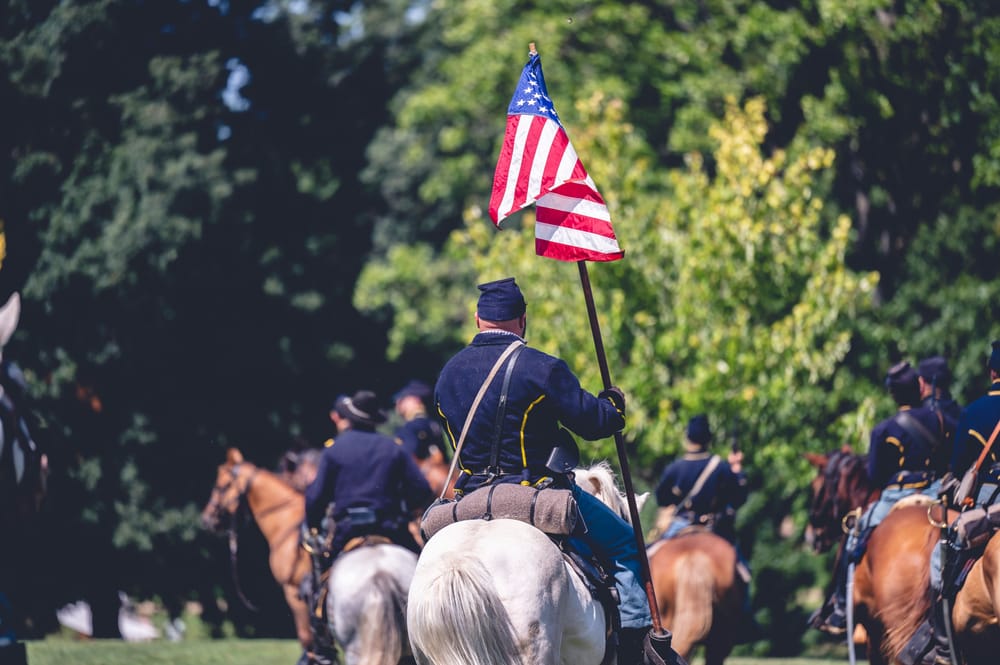The Supreme Court, the highest court in the United States, plays a pivotal role in interpreting and applying laws. Its decisions can have far-reaching impacts on society and governance. However, these decisions are not made in isolation; they are influenced by various factors including societal crises.
In times of crisis - whether it be war, economic downturns or public health emergencies - courts often face pressure to balance civil liberties with national security or public safety interests. These pressures can significantly influence how justices interpret the Constitution and other legal texts leading to landmark rulings that shape American law for generations.
Korematsu v. United States (1944)
This case is one of the most notorious examples of how wartime pressures can sway judicial decision-making. Amidst World War II fears about Japanese espionage on U.S soil led to an executive order authorizing military officials to exclude individuals of Japanese descent from certain areas deemed as military zones which resulted into internment camps for thousands of innocent citizens.The Supreme Court upheld this order arguing that during times when our nation's security was at stake such measures were justified despite their infringement upon individual rights.
Ex parte Milligan (1866)
Dating back further still is Ex parte Milligan where amidst Civil War tensions President Lincoln suspended habeas corpus allowing detention without trial for those suspected disloyalty towards Union cause.This move was challenged but ultimately upheld by a divided Supreme Court who ruled that suspension could occur when "public safety may require it". This ruling underscored tension between individual liberty versus collective security during periods crisis.
Youngstown Sheet & Tube Co v. Sawyer (1952)
In contrast stands Youngstown Sheet & Tube Co v Sawyer where President Truman's attempt to seize control of steel mills during Korean War was struck down by Supreme Court. The court ruled that the president did not have authority to take such action without congressional approval, even in times of war. This case illustrates how courts can also serve as a check on executive power during crises.
New York Times Co v. United States (1971)
The Pentagon Papers case is another example where national security concerns were pitted against First Amendment rights. The government sought to prevent publication classified information about Vietnam War arguing it would harm national security but Supreme Court rejected this argument upholding freedom press over these concerns.
Hamdi v. Rumsfeld (2004)
Boumediene v. Bush (2008)
In wake 9/11 attacks two significant cases emerged Hamdi v Rumsfeld Boumediene v Bush which dealt with detention enemy combatants Guantanamo Bay Cuba.In both instances court grappled with balance between individual rights due process versus need for effective counterterrorism measures ultimately ruling favor detainees' right challenge their detention federal courts.
Jacobson v. Massachusetts(1905)
This landmark decision upheld state’s authority enforce compulsory vaccination laws amidst small pox outbreak.The court held public health safety could justify certain restrictions personal liberty.This precedent has been invoked numerous times throughout COVID-19 pandemic support various public health measures including mask mandates vaccine requirements.
Economic Crises and Judicial Decisions
Home Building & Loan Association v. Blaisdell(1934)
Wickard v. Filburn(1942)
National Labor Relations Board(NLRB) v. Jones & Laughlin Steel Corp.(1937)
During Great Depression, Supreme Court faced several cases that tested balance between private property rights government’s power regulate economy.In Home Building & Loan Association v Blaisdell court upheld Minnesota law temporarily preventing foreclosure of mortgages as emergency measure to control severe economic crisis. Similarly in Wickard v Filburn and NLRB v Jones & Laughlin Steel Corp., the court expanded federal regulatory powers over interstate commerce agriculture labor relations respectively.
These examples illustrate how crises can significantly influence judicial decision-making process leading landmark rulings with lasting impacts on American society governance.It is important understand these dynamics as they continue shape our legal landscape especially amidst ongoing challenges such global pandemic economic uncertainty.
Stay Ahead with Etalia.ai
🌟 Discover More with a Subscription 🌟
If you've found this deep dive into understanding how crises influence court decisions, there's so much more to explore with Etalia.ai. Our platform is dedicated to bringing you insightful, meticulously researched content that broadens your understanding of crucial legal and political issues.






